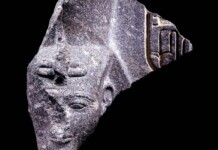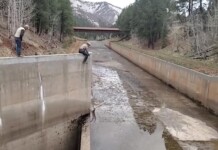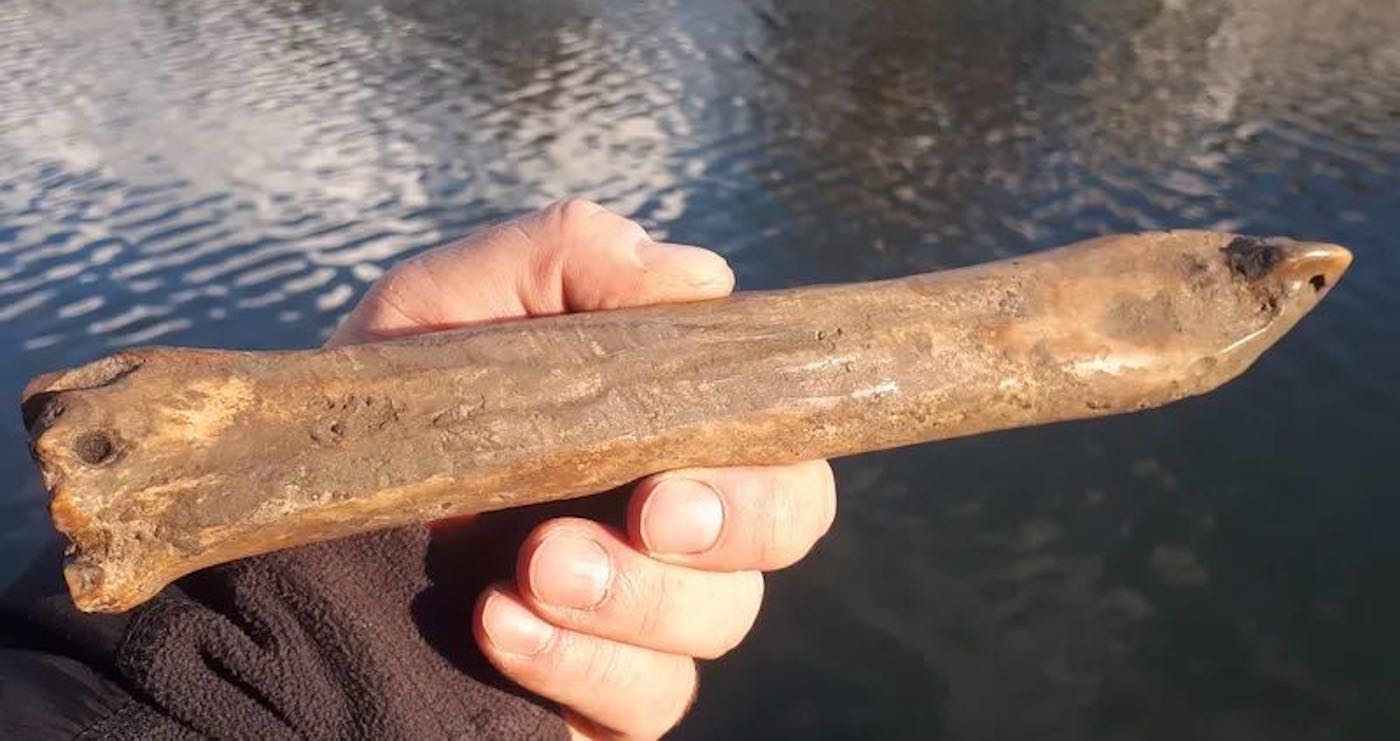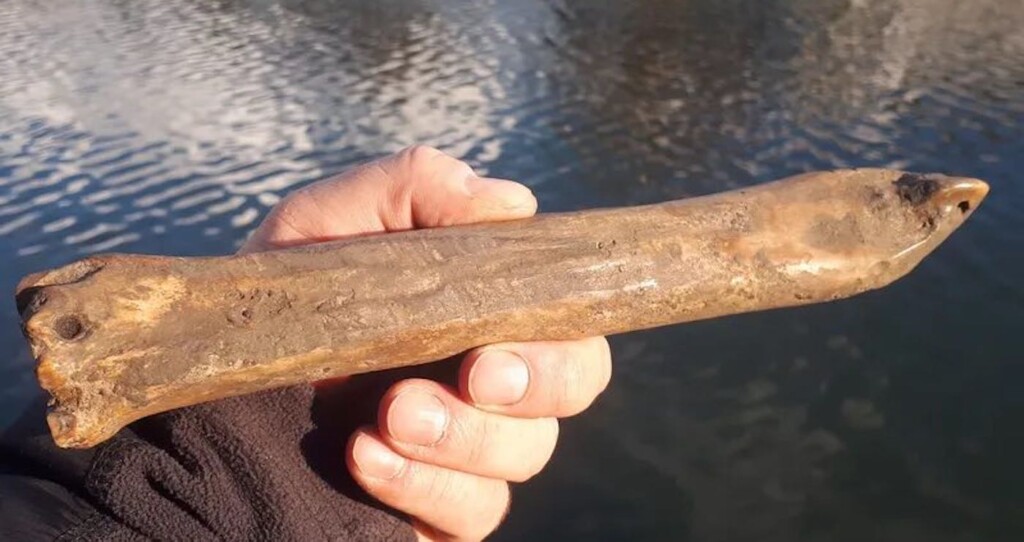
From the Czech Republic comes a fascinating archaeological find—a 1,000-year-old ice skate blade made of a horse’s shinbone.
Located during excavations of a cellar in the city of Přerov, it was designed to be tied with leather straps to a boot sole.
In the early Middle Ages, Castle Přerov was situated on a mound on the left bank of the River Bečva in Moravia, Czechia. It was a very important medieval stronghold at the crossroads of long-distance trade routes linking east and west, south and north.
To that commercial end, residents needed a way to move across the broad river in the wintertime, and would have carved skates like these out of animal bones.
Archaeologist Zdeněk Schenk, Ph.D., from the Comenius Museum in Přerov who found the skate, explained that they were typically made from metapodia or the radii bones of cattle and horses.
“The object has a specific shape. On one side, it is curved into a tip which has a hole drilled in it and there is another hole at the back,” Dr. Schenk told Radio Prague International. “They were used to thread a strap through, which was used to attach the skate to a shoe or to a wooden sled.”
“I was born in Přerov. I remember when I was a child, I enjoyed with my friends ice skating over the frozen Bečva River,” Schenk told GNN. “My mom and daddy and grandparents skated there before, so it’s a long tradition. But, what is surprising is that our ancestors skated over the frozen Bečva River 1,000 years ago.”
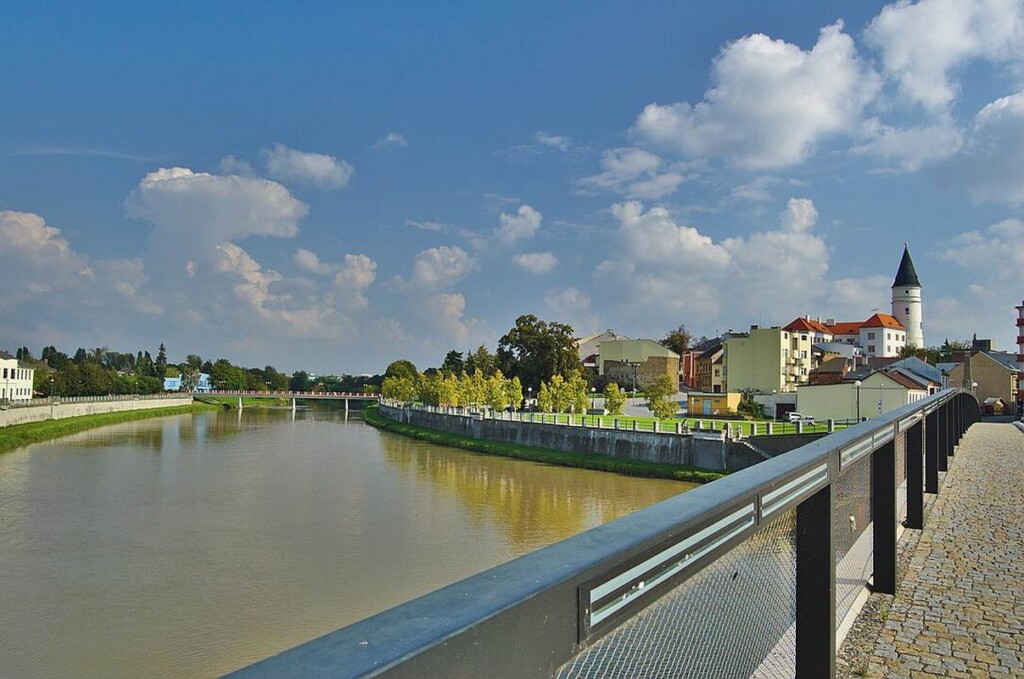
Schenk believes that they would have used wooden poles to shuffle themselves along inch by inch rather than actually skating as we imagine it today. The activity itself is older than the 1,000-year date of this skate.
The find is nearly identical to skates recovered in Northern Europe, “for example from Birka in Sweden a very famous archaeological site from the Viking Age,” Schenk said, “also from York in England or Dublin in Ireland.”
While for us the activity is purely recreational, a thousand years ago it was just an easier way to move across the landscape.
SHARE This Look At The Ancient Origins Of A Beloved Pastime…




